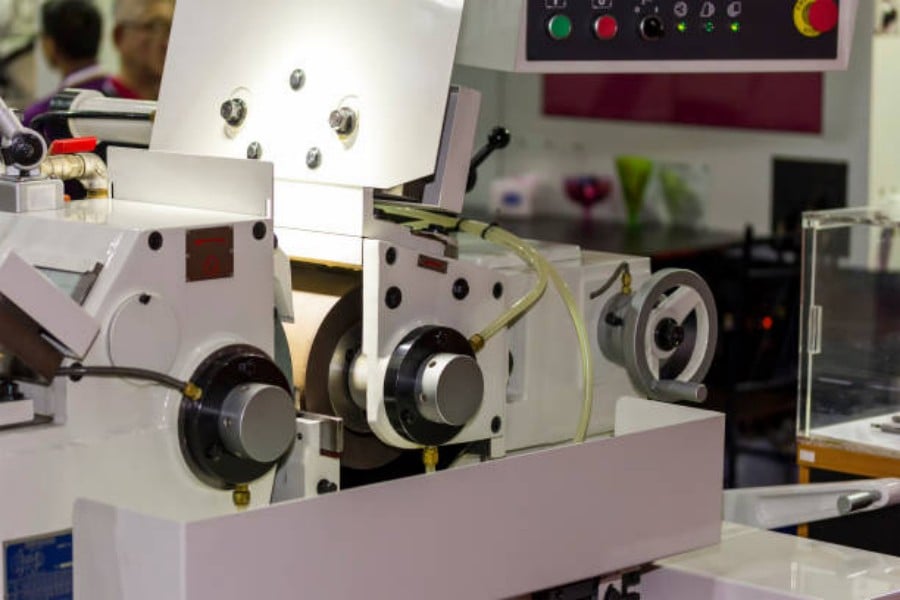Table of Contents

Introduction: What is a Slop screen solid-liquid separator?
A slop screen solid-liquid separator is a piece of equipment used in various industries to separate solid particles from liquid. The process is completed by passing a mixture of liquids and solids through a screen, wherein the solids are removed and the liquid is discharged. This technology is becoming increasingly popular due to its efficiency and effectiveness.
How Does a Slop Screen Solid-Liquid Separator Work?
The working principle of a slop screen solid-liquid separator is quite simple. It consists of a cylindrical drum that rotates around an axis. The mixture of liquid and solids enters the drum from one end, as the drum rotates, the solids are trapped by the screen, and the liquid passes through. The separated solids are then collected and removed from the system, while the liquid exits through an outlet usually located on the other end of the drum.
Benefits of Slop Screen Solid-Liquid Separators
Solid-liquid separators are known for their efficiency and durability. Some key benefits of using a slop screen solid-liquid separator include:
- High-quality separation of solids and liquids
- Reduced operating costs due to less wear and tear on pumps and other equipment
- Reduced downtime and maintenance needs, leading to increased productivity
- Minimal operator intervention as the equipment is mostly automatic
- Simple installation and operation
Applications of Slop Screen Solid-Liquid Separators
Solid-liquid separation is a crucial process in many industries, and slop screen solid-liquid separators are used in several areas, including:
- Oil and Gas Industry: Separating slop oil and water before discharge to the environment
- Food Industry: Separating juice from fruit pulp
- Paper and Pulp Industry: Separating fibers, sand, and other debris from water and effluent
- Mining Industry: Separating mud and sand from water
Working with Slop Screen Solid-Liquid Separators
To achieve optimum separation performance when using a slop screen solid-liquid separator, it is vital to consider the following factors:
- The size of the solid particles to be removed
- The pressure and temperature of the fluid to be separated
- The flow rate of the fluid being treated
- The type of screen used, and its size, mesh, and material
- Overall system design or configuration
Maintenance Requirements for Slop Screen Solid-Liquid Separators
Like any other equipment, slop screen solid-liquid separators require regular maintenance to operate at peak efficiency. A few routine maintenance tasks are:
- Cleaning the units regularly
- Changing filters and screens as and when required
- Inspecting the equipment for any wear and tear
- Replacing worn or damaged parts
Choosing the Right Slop Screen Solid-Liquid Separator
Choosing the appropriate slop screen solid-liquid separator is crucial to the success of your operation. When selecting one, consider:
- The size of the unit needed for your application
- The type of solids you are dealing with
- The flow rate and pressure of the fluid to be treated
- Your budget
- The physical space available for the equipment
Advancements in Slop Screen Solid-Liquid Separation Technology
Advancements in technology have led to the development of slop screen solid-liquid separators with higher efficiency, better separation quality, and lower operating costs. Some of these advancements include:
- Improved screen materials and designs
- Better automation and control systems
- Enhanced process integration
- Continuous improvement in system design and optimization
Conclusion: Maximizing Your Operations with Slop Screen Solid-Liquid Separators
Solid-liquid separation is a critical process in numerous industries. Slop screen solid-liquid separators are an effective, efficient, and cost-effective method of achieving high-quality separation of solids from liquids. By choosing the right unit and following proper maintenance procedures, you can enjoy long-term benefits such as increased productivity, reduced downtime, and lower operating costs.
